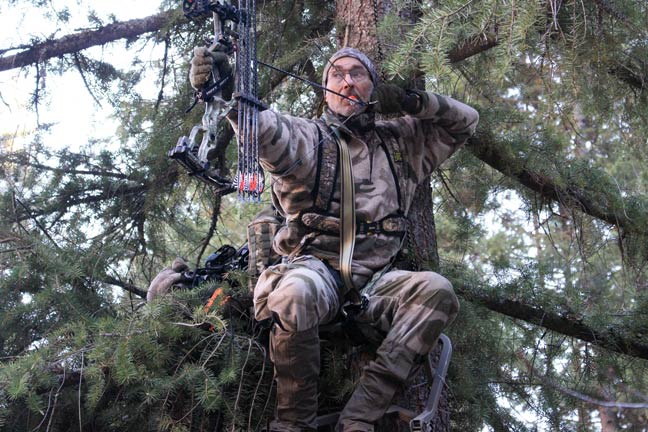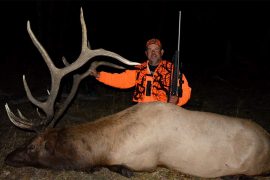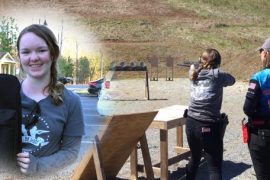Over the years I have interviewed many champion archers, archery coaches, and successful bowhunters. And I personally have spent nearly 50 years trying to perfect my own archery and bowhunting skills. Here are four lessons I have learned from this background that have contributed in a big way to my bowhunting success.
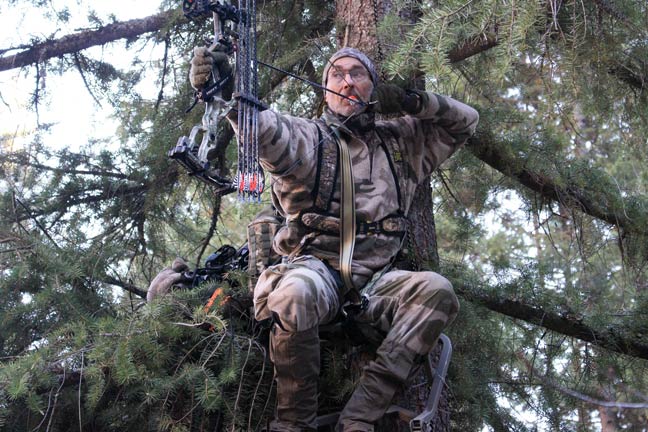
A NOSE FOR ACCURACY
One summer, I could not shoot a tight group to save my life. Vertically my arrows were right on, but horizontally they were all over the place. No matter how carefully I released the string, my arrows inexplicably hit left or right of the bull’s-eye.
In late summer, I was in a hunting camp with Randy Ulmer and did not hesitate to tap into his expertise. So at his direction, I lined up at the target butt to loose a few arrows for his viewing pleasure. But after one arrow, he said, “I see your problem, and it’s easy to fix.”
“Huh?” I responded. “How could you know that after a single arrow?”
“It’s obvious. You’re anchoring hard against your cheek, and you don’t get identical pressure every shot,” Randy said. “With the varied pressure, your arrows fly right and left, depending on how hard you press the string into your face.”
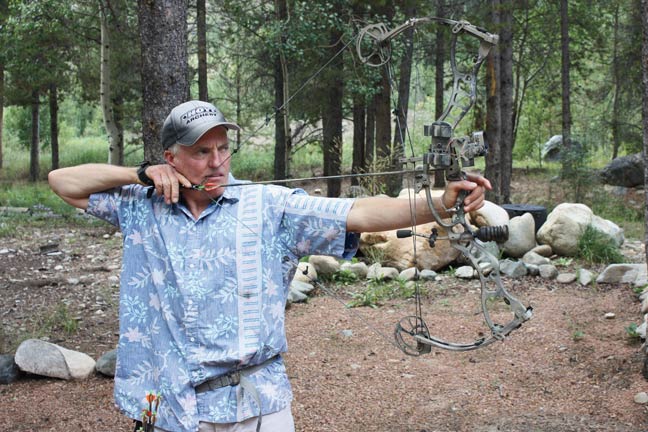
As Randy pointed out, with a peep and a front sight, you don’t necessarily need a solid anchor. As long as you have the peep, front sight pin, and target lined up, you’re on target.
“You want to eliminate all string contact with your face,” Randy concluded. “Simply touch the string to the tip of your nose. That should be the only point of contact between the string and your body.”
Applying Randy’s advice took some practice, but once I learned to touch the string to the tip of my nose, my groups instantly tightened up and my hunting accuracy improved greatly.
HANG LOOSE
Conventional archery wisdom has always said, “Let the bow shoot itself,” which means eliminate any tension in your body that might affect the bow’s natural movement. As you aim and release, the bow must be able to go through its natural movements to ensure consistent accuracy.
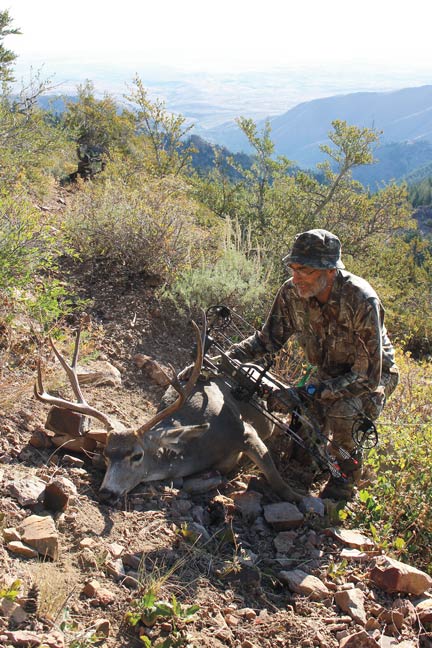
To ensure that, your entire body must remain relaxed, starting with your bow hand. A tight or rigid bow hand can torque the bow, which affects arrow flight. To ensure peak accuracy, you must keep your bow hand relaxed.
And to do that, you must use a wrist sling. Some bowhunters say a wrist sling is not necessary, but I disagree. You would never see a competitive archer shooting without a wrist sling, and the principles of accuracy apply just as much in hunting as in target shooting.
Proper hand position furthers relaxation. Your hand should be turned at a 45-degree angle, as it would be if you were pointing at a distant object. As you hold at full draw, your little finger should not be in front of the handle but to the side….

